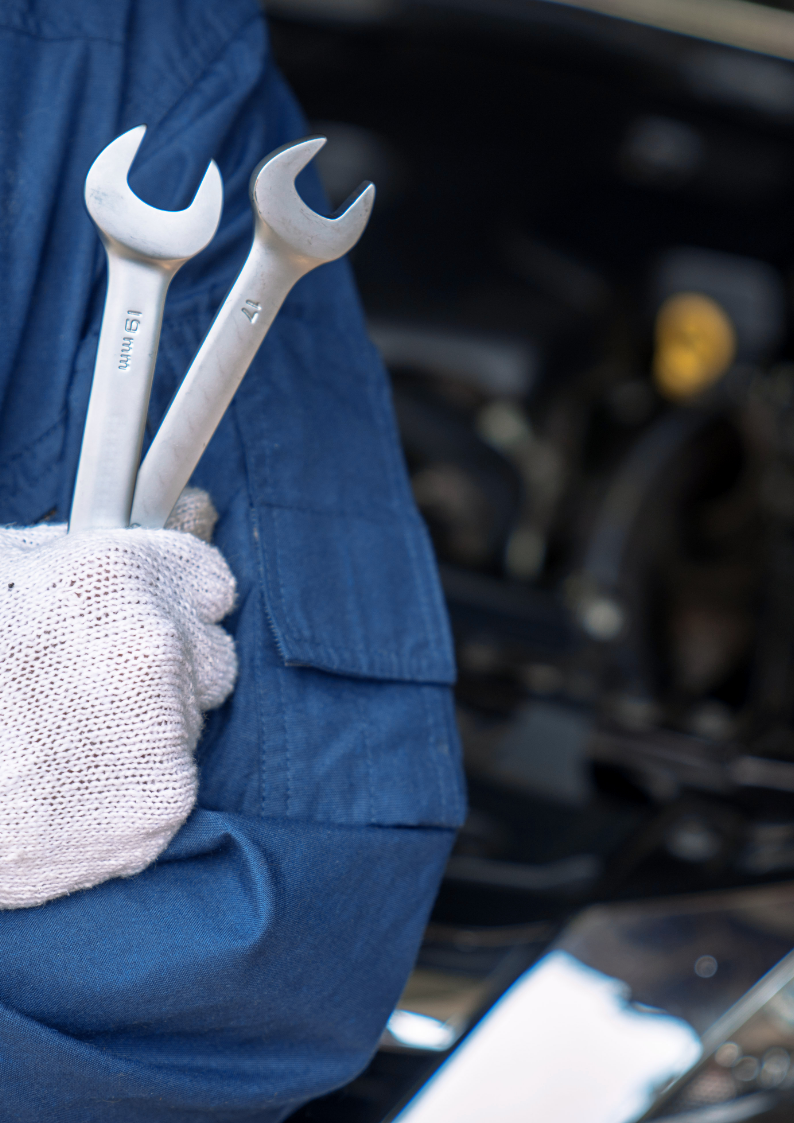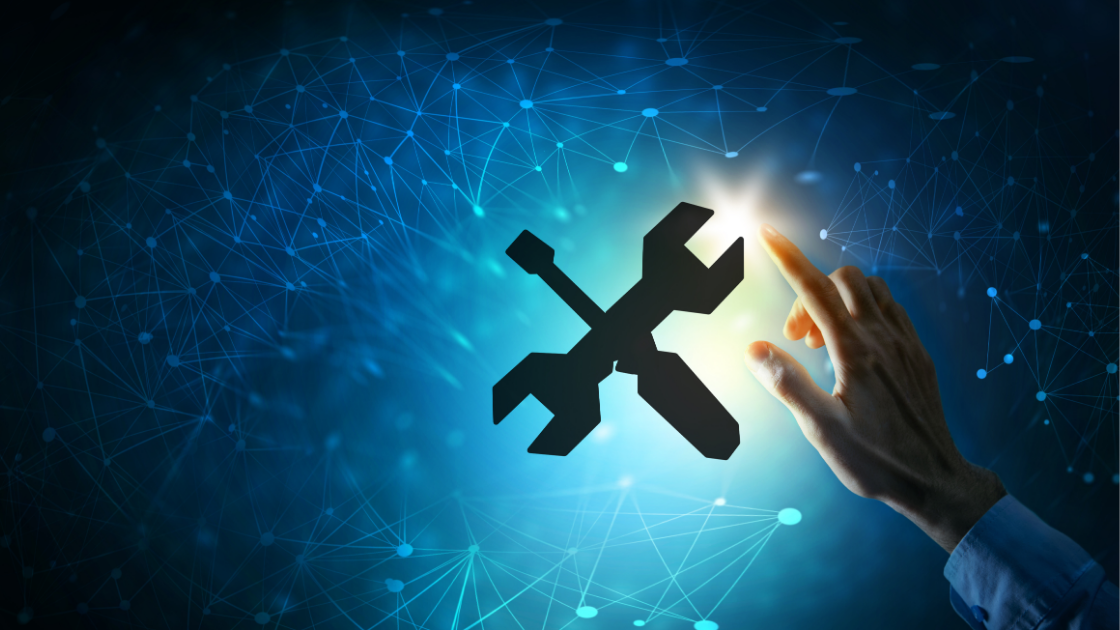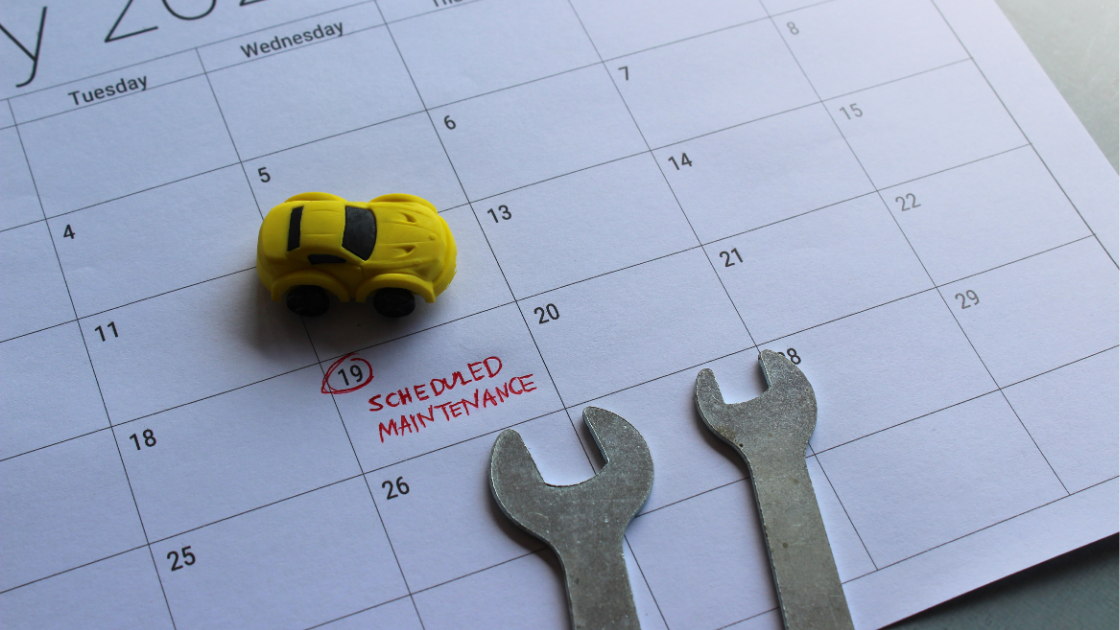What is Asset Management?
Asset management involves the strategic oversight of an organization's physical assets, ensuring they are properly maintained and used efficiently throughout their lifecycle. In the context of maintenance management, it focuses on maximizing asset performance, minimizing downtime, optimizing maintenance costs and ensuring that equipment operates at peak efficiency. Effective asset management is vital for keeping operations running smoothly and avoiding costly disruptions caused by unexpected equipment failures.
The Importance of Asset Management
Effective asset management is crucial for optimizing the lifecycle of a company’s physical assets. It provides a comprehensive view of the assets and infrastructure, allowing organizations to manage and track their condition over time.
By implementing strong asset management practices, companies can reduce the risk of equipment failure, improve asset uptime, and maximize the use of their assets. This proactive approach helps businesses avoid costly asset downtime and ensures that equipment is utilized to its fullest potential, contributing to long-term success.
Best Practices for Asset Management
Tracking and Monitoring Assets
To ensure assets are properly maintained, it’s essential to track and monitor their performance regularly. This allows businesses to identify potential issues before they become serious problems and helps determine when equipment needs replacement or servicing. Tracking assets over time contributes to extending their lifespan and reducing the risk of unexpected failures.
Regular Maintenance and Inspections
Consistent maintenance and regular inspections are key to preserving asset value and performance. Scheduled maintenance helps keep equipment running as intended and prevents costly breakdowns. By staying on top of maintenance needs, businesses can extend the operational life of their assets and avoid expensive, unscheduled downtime.
Maintenance Management Software
Maintenance management software is a game changer for organizations looking to streamline operations and improve efficiency. The right computerized maintenance management system can simplify processes, reduce human error, and keep all your assets organised in one place.
Key Features of Maintenance Management Software
-
Work Order Management: Enables users to easily create, assign, and track work orders, ensuring that routine inspections and repairs are completed on time, keeping physical assets in optimal condition.
-
Inventory Management: Allows users to track spare parts and materials effectively, ensuring that necessary items are available when needed, reducing downtime and improving operational efficiency.
-
Reporting and Analytics: Provides insights into maintenance activities, helping users identify trends, make informed decisions, and optimize maintenance programs to reduce costs and enhance efficiency.
Implementing a Successful Maintenance Management Program
A successful maintenance management program hinges on clear organization, effective communication, and thorough planning. One of the key tools for success is the use of maintenance checklists, which help ensure that all tasks are completed on schedule and to the highest standard. A well-coordinated maintenance team is also essential, as they are responsible for carrying out these tasks efficiently and addressing any issues that arise. In this section, we’ll discuss the steps for setting up a robust program that keeps your assets running smoothly and your maintenance operations cost-effective.
Develop a Maintenance Strategy
Before diving into maintenance tasks, it’s important to have a clear strategy in place. This is where you outline your overall goals and objectives for the program.
-
Set Clear Goals: What are you aiming to achieve? Whether it’s reducing downtime, improving asset reliability, or lowering maintenance costs, define your end goals.
-
Choose the Right Maintenance Types: Make sure to include a mix of preventive maintenance, predictive maintenance, and reliability-centered maintenance in your plan. These approaches will help you address issues before they happen, monitor equipment performance, and optimize reliability.
By setting clear goals and outlining the maintenance methods you’ll use, you’ll have a solid foundation to build on.
Create a Maintenance Schedule
Next, it’s time to build a comprehensive maintenance schedule that will keep everything on track. A good schedule helps you plan your maintenance activities and ensures they’re completed regularly.
-
Outline Tasks and Frequencies: Use your goals to create a list of maintenance tasks and how often they should be performed. For example, tasks could be categorized as daily, weekly, monthly, or based on usage.
-
Optimize Maintenance Costs: Make sure your schedule is balanced. Over-maintaining equipment can be costly, so identify which tasks are critical and which can be adjusted.
-
Schedule Regular Maintenance: Plan for routine maintenance, but also account for emergencies or unplanned repairs. Regular maintenance is key to minimizing unexpected breakdowns.
Assign Maintenance Tasks
Once you’ve established your strategy and schedule, it's time to assign specific tasks to the right people. Maintenance workers and technicians will be your hands-on team, ensuring that everything runs according to plan.
-
Delegate Responsibilities: Assign tasks based on the strengths of your maintenance team. For example, someone with expertise in electrical systems should take on those tasks, while another technician might focus on HVAC maintenance.
-
Track Maintenance Tasks: Make sure each technician has a clear set of responsibilities, and monitor their progress using work orders. Use CMMS software to keep everything organized and ensure tasks are being completed on time.
Track and Analyze Maintenance Data
One of the most powerful aspects of a successful maintenance program is the ability to track performance and analyze the data over time. CMMS software makes this process much easier by providing tools for data collection and analysis.
-
Use Data to Identify Trends: Track your maintenance activities, failures, and repairs. By analyzing the data, you can uncover trends—such as equipment that needs frequent repairs or tasks that take longer than expected.
-
Improve Decision-Making: Use the insights from your data to make smarter decisions. For example, if a particular asset requires more repairs than others, it might be time to consider replacing it or upgrading it.
-
Reduce Costs: By using reporting and analytics features in your CMMS software, you can make adjustments that will help reduce overall maintenance costs. For example, you might find that certain types of time-based maintenance are more effective and cost-efficient than others.
Leverage Technology
Technology should be leveraged to improve maintenance management, including the use of computerized maintenance management systems (CMMS) and other software solutions to simplify maintenance management.
Maintenance Inspections and Audits










